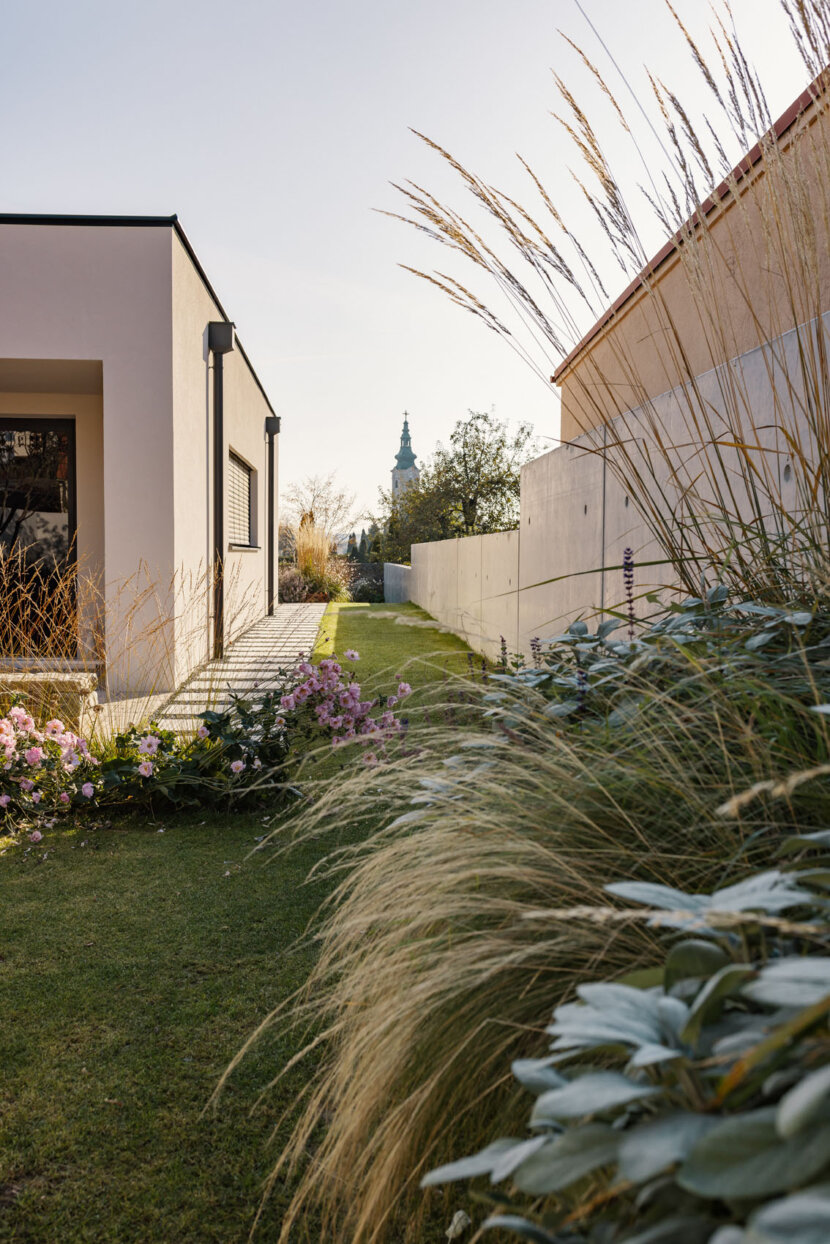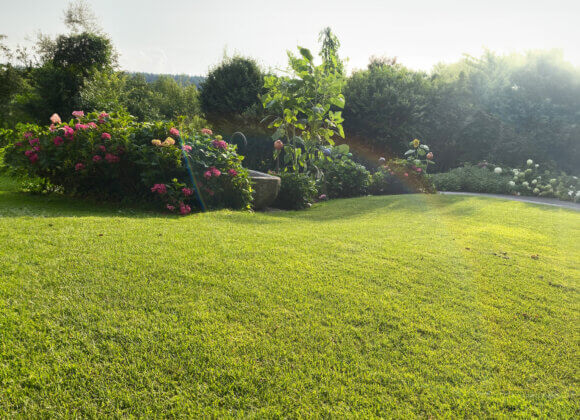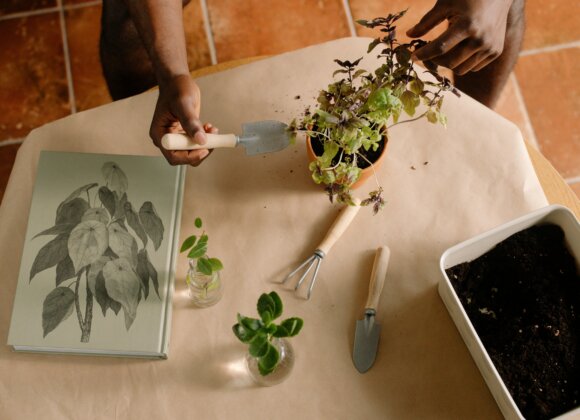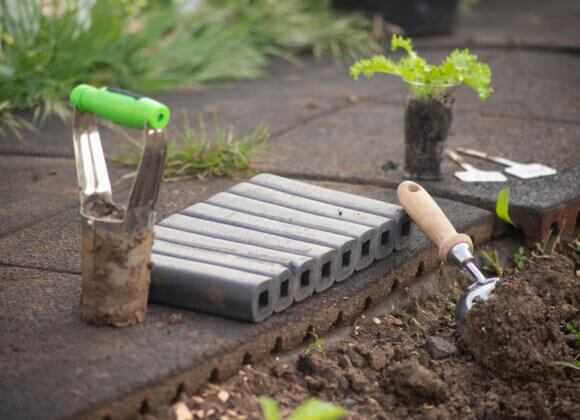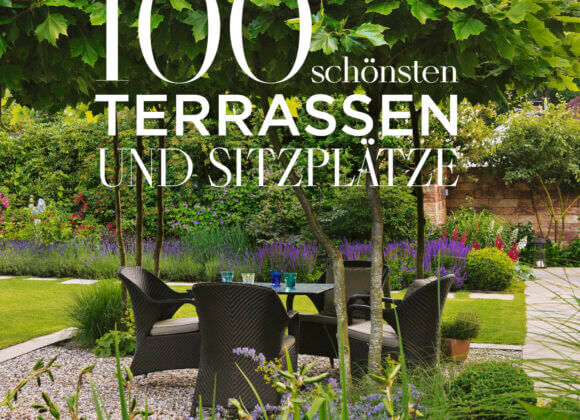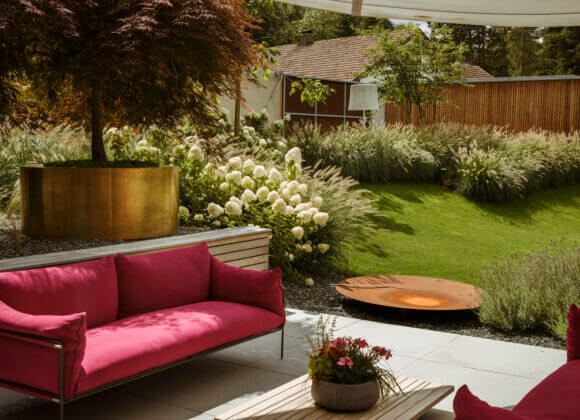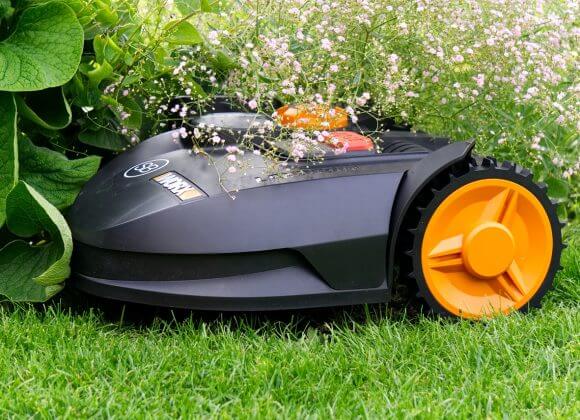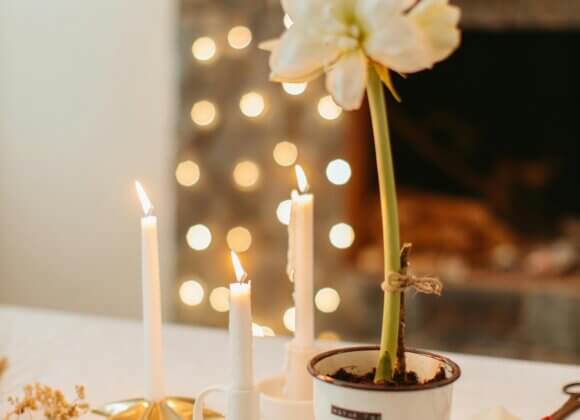The classic lawn has had its day, linear austerity is being replaced by lively planting patterns – the garden of tomorrow thinks in terms of color, form and function. In this interview, garden designer Thomas Nentwich explains how to turn your outdoor space into a green calling card with personality.
What does a modern garden look like that is both aesthetically and ecologically pleasing? Which plants harmonize with shady city niches? And what makes a garden really low-maintenance without losing style? Thomas Nentwich, Managing Director of “Nentwich Gartenbau” in Weissenkirchen, Lower Austria, has clear answers to these questions – and an unmistakable signature style.
In this interview, the expert talks about trends beyond gravel areas, his enthusiasm for the sponge city principle and the art of transforming gardens into sensual living spaces.
Mr. Nentwich, how do you define the modern garden in 2025 – how does it differ fundamentally from the classic garden design of past decades?
Basically, the trend is moving away from orderly and minimalist gardens. Instead of simple planting and minimalist design, the focus today is on lush planting areas, vibrant colors and diverse leaf structures. The classic lawn is becoming less and less important – instead, natural gardens are being created that serve as green retreats with a living room character. We ourselves like to pick up on current trends, but always interpret them individually and bring our own signature style to every project.
Grasses and gravel areas are becoming increasingly popular – why are these two elements currently experiencing such a hype or what is particularly popular at the moment?
Stand-alone, extensive gravel areas are not in demand as they are of little ecological value. Instead, more and more people are opting for planted gravel beds that blend harmoniously into the overall concept. Grasses and planted gravel beds are particularly popular because they are low-maintenance, heat-resistant and also very attractive. They bring natural movement into the picture and their Mediterranean flair conveys a vacation atmosphere at home.
Monochrome gardens – gardens with a restrained, uniform color palette – look particularly stylish. What are the advantages and challenges of this trend?
The advantage lies in creating a calm and harmonious overall picture. The uniform colour palette creates a relaxed overall look that harmonizes particularly well with natural plants.
The challenge is to still create a varied structure – this requires different growth and leaf shapes to keep the design lively and interesting.
Which shade plants are particularly suitable for urban gardens that receive little direct sunlight – and how can they be attractively staged?
Plants such as grasses, ferns, hydrangeas, rock pears, maples or dogwoods are particularly suitable for shady urban gardens. Containers, light elements and unusual growth forms can be used to show off these plants to their best advantage. Generous planting also creates interesting accents. However, the design is always individual and should be adapted to the specific conditions on site – such as the location, orientation, use and personal requirements.
Clean lines and minimalist shapes characterize many modern gardens – but how do you create a lively, inviting atmosphere?
Breaking up these clear lines with lush, generous planting. The variety of flowering aspects, different heights and depths and the consideration of seasonal changes ensure that the garden has a varied appearance.
What role does the choice of materials – for example for paths, beds, edging or garden furniture – play in the overall appearance of a design-oriented garden?
The choice of material is crucial – it determines style, structure and atmosphere. High-quality materials such as natural stone, wood or Corten steel create clear lines and elegantly combine nature and architecture. It is not only the choice of materials that is decisive, but also their positioning, as an ill-considered arrangement can quickly appear cluttered or unsettled. To achieve a harmonious color scheme, we often rely on earthy tones, for example when selecting outdoor furniture.
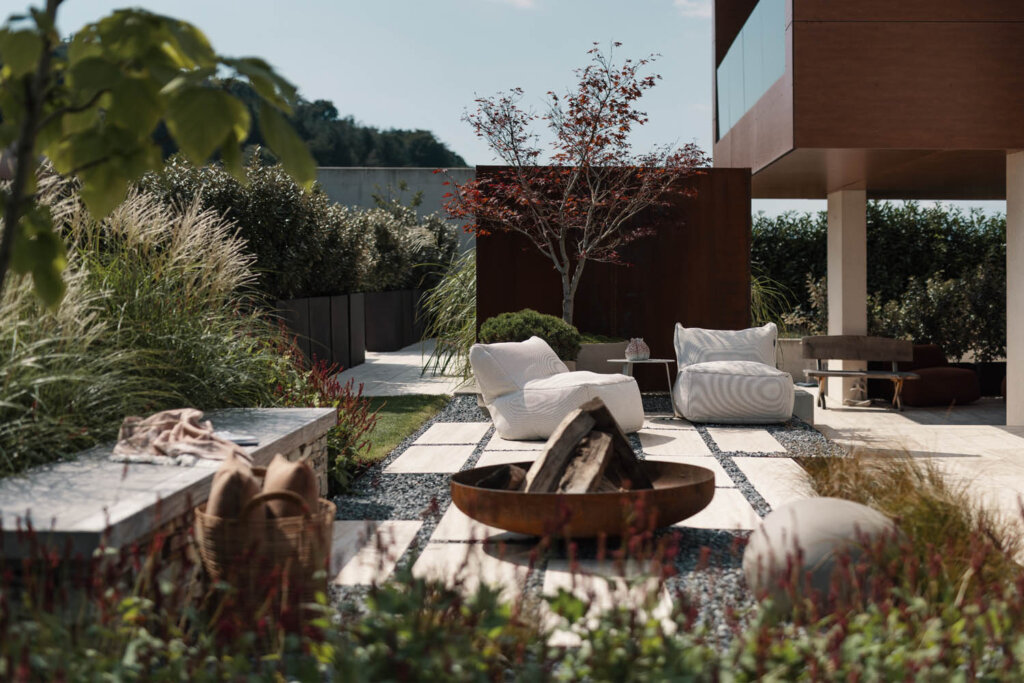
Are there any current role models or international trends that you find particularly inspiring and that resonate in the design of modern private gardens?
Climate change is presenting the horticultural industry with completely new challenges. Plants that used to grow without problems often no longer work today – others that used to freeze are now thriving. This requires a rethink in design.
I find the sponge city principle, which originated in Scandinavia, particularly inspiring. It is an innovative concept that is increasingly being used in urban areas or communities in times of climate change. It ensures that urban trees survive in street spaces, promotes their growth on sealed surfaces and provides them with water during dry periods.
How can low-maintenance concepts be combined with high aesthetic standards – especially for people who have little time but a strong sense of style?
This is very individual, because every garden is different. The garden concept is the ideal way to combine creative ideas with individual wishes. The targeted selection and use of plants is particularly important here. With low-maintenance yet stylish plants, an aesthetic garden can be created that requires little effort and at the same time meets high design standards.
What advice would you give to someone who wants to make their garden a “statement” – in other words, a real design calling card with personality?
The key lies in careful planning and execution. Plants are constantly changing – they sprout, bloom and their colors change with the seasons. Anyone working with them needs to keep the big picture in mind. It is not enough to take individual measures.
We create particular highlights in our gardens with shrubs that stand out due to their unusual growth forms – our so-called SINGULAR shrubs. Our aim is to create sustainable and vibrant habitats in which plants are always shown to their best advantage. This requires experience and a keen sense of design.
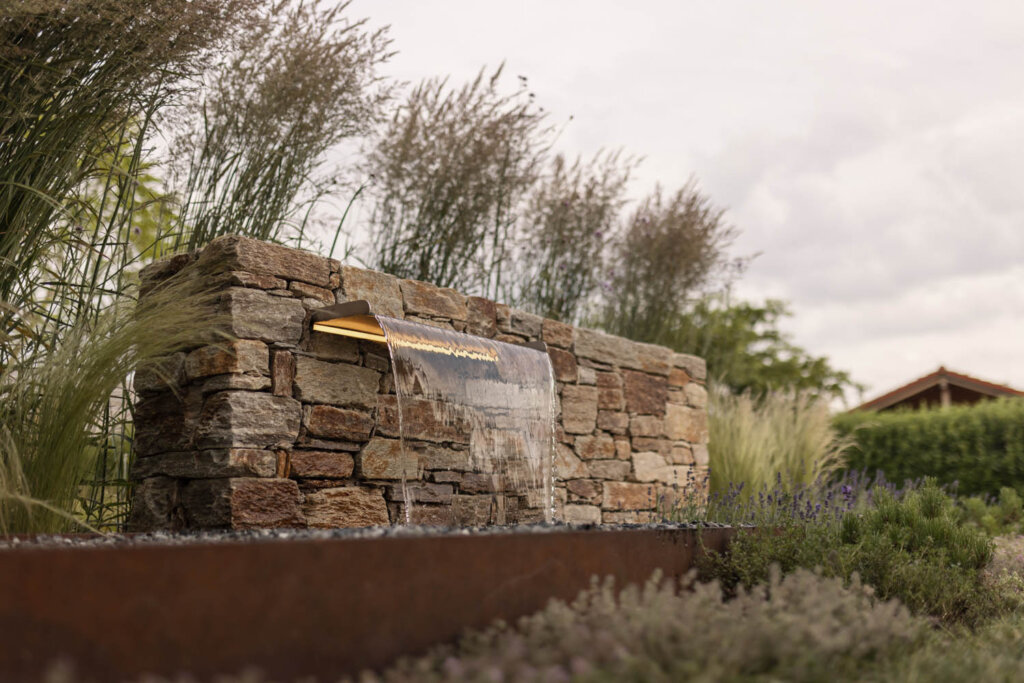
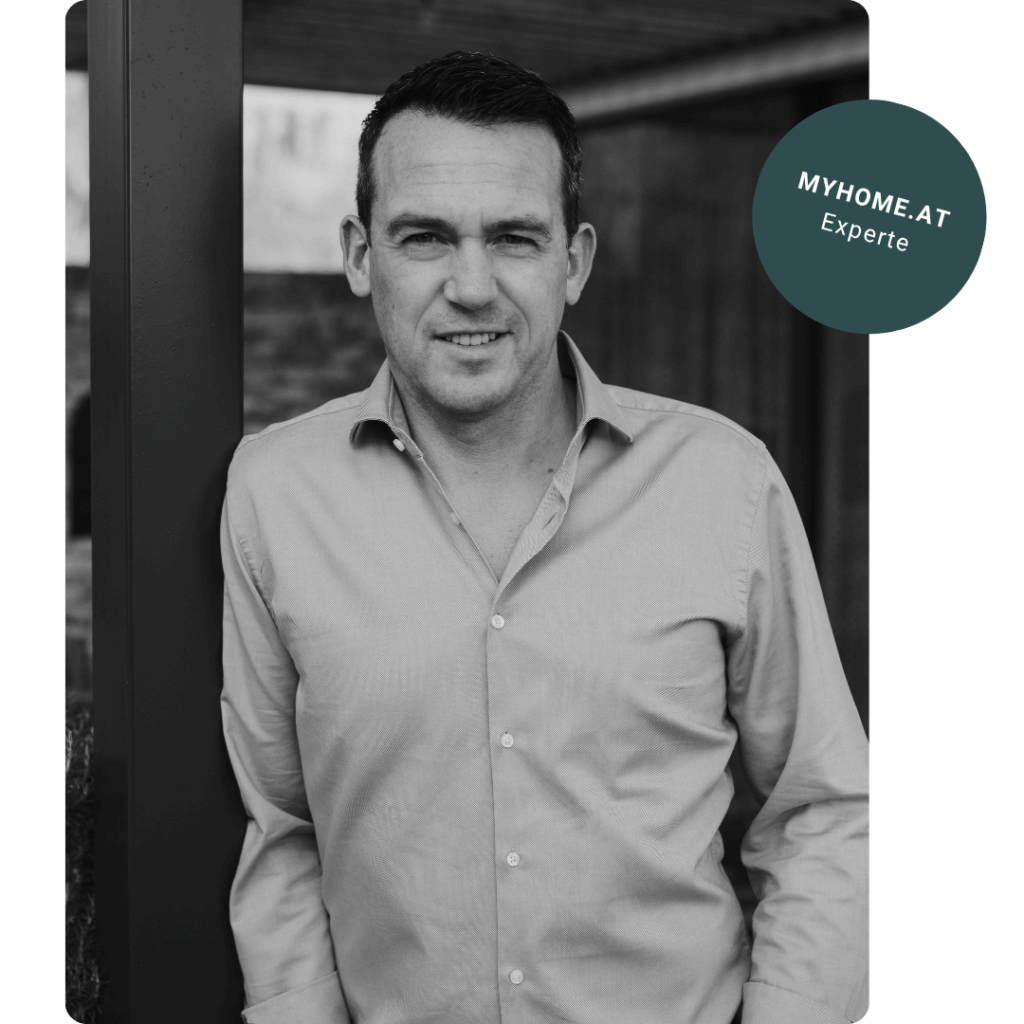
Thomas Nentwich is the managing director of Nentwich Gartenbau, based in Weißenkirchen an der Perschling, Lower Austria. Together with his team, he designs and realizes gardens that are characterized by sophisticated design and high design quality. In the company’s own tree nursery, woody plants are cultivated directly on site and integrated into individual garden concepts. In addition to classic fruit, deciduous and coniferous trees, the focus is on special specimen plants and multi-stemmed SINGULAR shrubs.
Website: www.nentwich.at
Related posts:
How to turn your garden into a paradise for bees and insects


